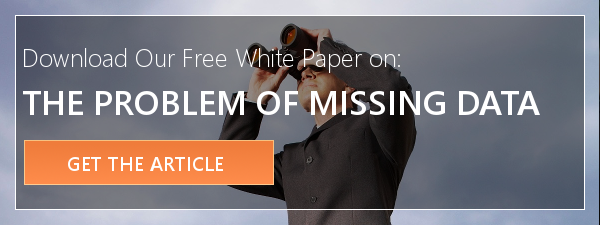The Federal Reserve Bank of New York released in February (2018) a study examining the role of technology-based residential mortgage lending. The report highlights the growth in volume of mortgage lending conducted exclusively over the internet along with other characteristics of this method of service delivery.
By the Numbers
So called FinTech mortgage lending comprised 2% of the mortgage market in 2010 compared to 8% in 2016. While it is no surprise that there has been growth in this space, the maps below from the report visually show the change in saturation of online mortgage lending during the 2010 – 2016 time period.

Important Findings
Basing many of their findings on publicly reported HMDA data, the authors contend that processing times are 20% faster for online-only mortgage lenders and that default risks are lower for credits they originate.
They also suggest that such lenders do not target marginal borrowers, but instead the data actually reflects financially stronger borrowers. These are interesting to note, but only time will tell if these findings bear-out in the long run. The biggest takeaway from the study may be that online mortgage lending still only garners less than 10% of the market.
Implications for Fair Lending in Online Mortgage Lending
Mortgage lending that is internet-based has implications for fair lending.
Borrowers typically fill out the Government Monitoring Information (GMI) fields when completing the 1003 mortgage loan application. Borrowers often do not choose to provide this information, and in those cases standard practice currently is for the lender to provide it through visual observation.
Where mortgage applications are obtained via the internet, this is obviously not possible. Further, even brick-and-mortar lenders now conduct many loan closings remotely. Today, it is not unusual that the lender has no direct contact with the borrower, not even by phone. It is, therefore, impossible to collect these data where not reported. This is often the case, as evidenced by high incidences of missing GMI for lenders that do a significant share of lending via an online process.
It is clear that a significant amount of missing GMI could limit the data that could be used in a fair lending analysis. With regard to statistical analysis in particular, however, it could create a bigger problem and that is selection bias.
If race and gender were collected on 100% of the applications during a given time period, one could confidently estimate the distributions of a given lender’s practices based on that sample. In situations where a significant share of that data is missing, and the data that does exist is obtained only when the individual chooses to provide it, questions are raised as to how representative the sample is of the population. This, in turn, affects statistical inference.
As an example, many businesses invite feedback regarding their services through email, mail solicitations, or comments cards. What often happens in these cases, however, is the respondents tend to reflect the extremes – customers who are either very happy or very unhappy.
Although this information may be beneficial to the firm, this does not reflect the normative experience which is more important. It would be impossible to infer from these data what proportion of all customers were happy, unhappy, and how they rated the company’s performance.
Similarly, where applicants determine for themselves when they provide information raises issues with regard to the sample distribution and corresponding conclusions drawn from an analysis. Privacy concerns may drive consumers to shy away from providing information in cases where it is optional.
Therefore, the growth in internet based lending could hold longer run unintended consequences.
How to cite this blog post (APA Style):
Premier Insights. (2018, March 8). Prevalence of Online Mortgage Lending & Fair Lending [Blog post]. Retrieved from https://www.premierinsights.com/blog/prevalence-of-online-mortgage-lending-fair-lending.



